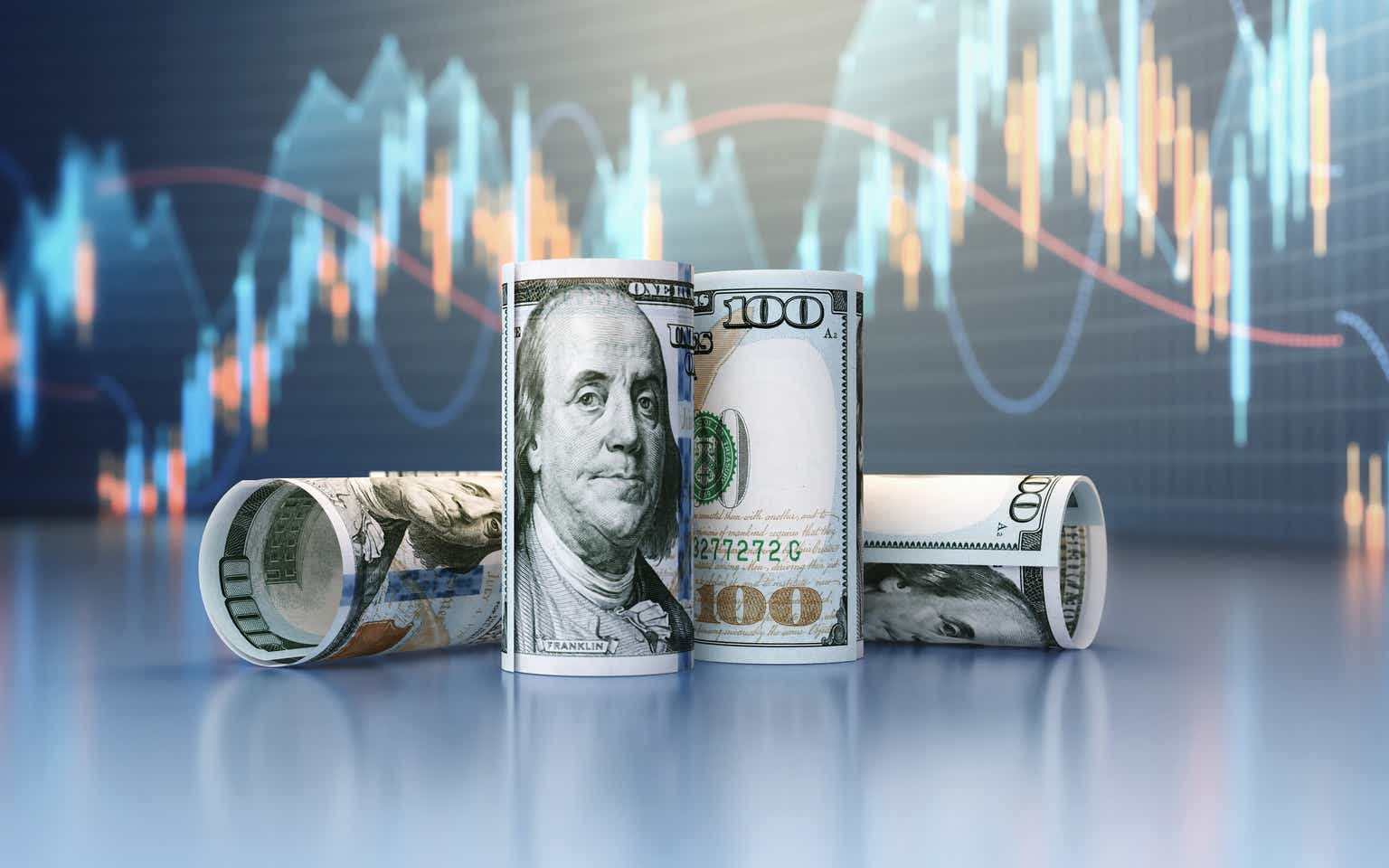A one-year grace period for student loan borrowers who miss a payment is ending this week.
When student loan payments resumed last year after a three-plus year pandemic-era pause, the Biden administration provided what it called an “on-ramp period” through September 30, 2024.
During that 12-month period, borrowers were shielded from the credit-damaging consequences of missing a payment. Student loan servicers were not reporting missed, late or partial payments to the three national credit bureaus.
Data from the credit bureau TransUnion suggests many borrowers have taken advantage of the on-ramp period. The data shows that just over half of borrowers who should have been making payments have actually made them over the past year.
The end of the grace period comes as the fate of a generous student loan repayment plan, created by the Biden administration last year, is uncertain. The SAVE (Saving on a Valuable Education) plan is currently on hold as litigation plays out. A hearing is scheduled for October 15 at the 8th US Circuit Court of Appeals.
Borrowers enrolled in SAVE do not have to pay their monthly student loan bills while the plan is blocked. But if SAVE is ultimately struck down by the court, those borrowers may face bigger monthly payments going forward.
Given that SAVE is currently on hold, many borrower advocate groups have asked the Department of Education to extend the transition period.
But the department told CNN recently that “there are no plans to extend the on-ramp period.”
Now, as was the case before the Covid-19 pandemic, student loan servicers will notify the credit bureaus if a payment is not made within 90 days of the due date. A loan goes into default after a borrower fails to make a payment for at least 270 days, or about nine months, which can result in further financial consequences.
A default can further damage a borrower’s credit score, making it harder to buy a car or house. It could take years to establish good credit again. Borrowers could also see their federal tax refund or even a portion of their paycheck withheld.
Once in default, the borrower can no longer receive deferment or forbearance and would lose eligibility for additional federal student aid. At that point, the loan holder can also take the borrower to court.
Three of President Joe Biden’s key efforts on student loan relief have either been knocked down by the Supreme Court or are currently facing litigation.
- Biden’s signature student loan forgiveness program, which would have provided up to $20,000 of debt relief to eligible low- and middle-income borrowers, was knocked down by the Supreme Court in 2023.
- Biden’s SAVE plan reduces monthly student loan payments for enrolled borrowers and shortens the path to receiving forgiveness. But SAVE is currently on hold as litigation moves through the courts.
- Separately, a lawsuit challenging Biden’s latest attempt to deliver student loan relief was filed before the administration finalized any parts of the plan. If allowed to move forward, the Department of Education would cancel accumulated interest for people with federal student loan balances bigger than what they originally borrowed. The proposal also calls for canceling student debt for those who entered repayment at least 20 years ago and those who already qualify for debt relief from an existing federal program but have not applied.
Despite the legal challenges, the Biden administration has so far approved the cancellation of $169 billion in student loan debt for nearly 4.8 million borrowers through existing student loan forgiveness programs. These efforts have delivered relief to public-sector workers who have made 10 years of payments, borrowers who were misled by their colleges and borrowers who are permanently disabled.






